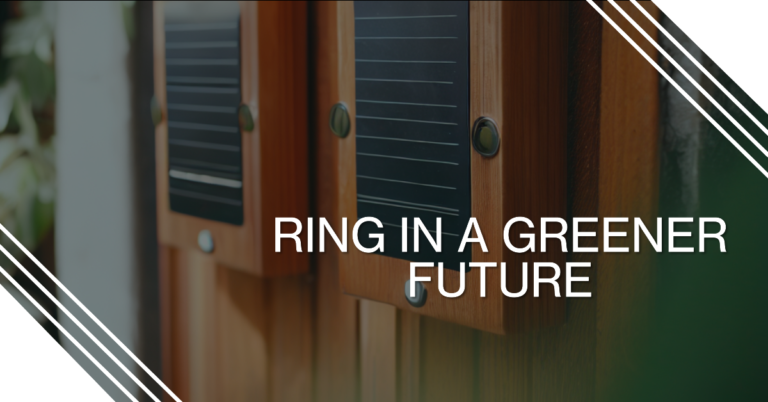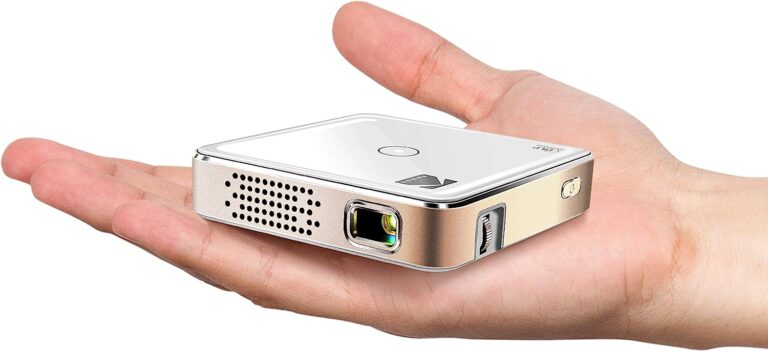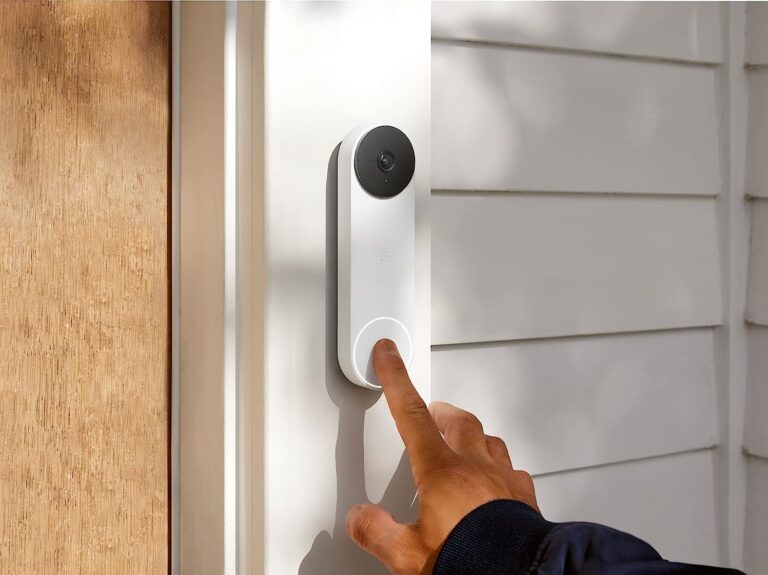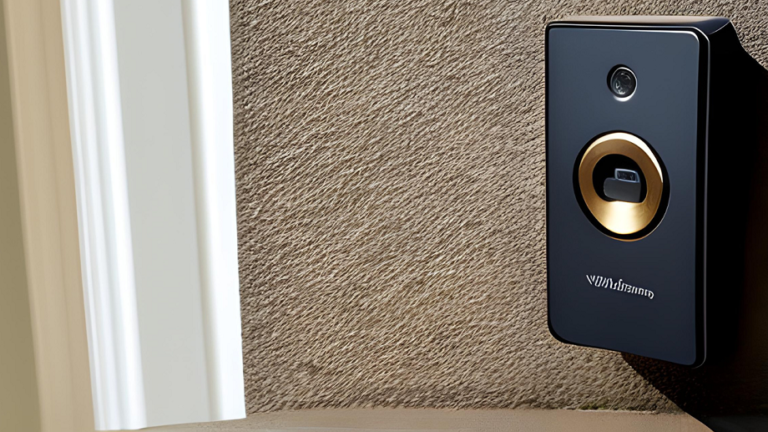The Best Massage Gun for Back Pain & Sore Muscles

Are you tired of living with constant back pain and sore muscles? 😫 Imagine a world where relief is just a button press away. That’s the promise of massage guns, the revolutionary fitness tools that have taken the wellness world by storm. But with so many options flooding the market, how do you choose the perfect one for your needs?
Whether you’re an athlete pushing your limits or someone who spends long hours at a desk, back pain and muscle soreness can be debilitating. The right massage gun can be a game-changer, offering deep tissue relief and accelerating recovery. But here’s the catch: not all massage guns are created equal, and using the wrong one could do more harm than good.
In this comprehensive guide, we’ll dive deep into the world of massage guns, exploring everything from understanding how they work to selecting the best one for back pain relief. We’ll uncover proper techniques, compare them to other pain relief methods, and even show you how to maintain your new favorite recovery tool. Get ready to say goodbye to persistent aches and hello to a more comfortable, pain-free life! 🎉💪
Disclosure: Links contain affiliates. When you buy through one of our links we will receive a commission. This is at no cost to you. Thank you for supporting and allowing us to continue to bring you valuable content.
Understanding Massage Guns

What are massage guns?
Massage guns, also known as percussion massagers or percussive therapy devices, are handheld tools designed to deliver rapid, concentrated pulses of pressure to muscle tissues. These devices have gained popularity among athletes, fitness enthusiasts, and individuals seeking relief from muscle soreness and tension.
How do they work?
Massage guns utilize a combination of force and frequency to penetrate deep into muscle tissue. They typically operate using the following mechanisms:
- Percussive force: Delivers rapid, short-duration pulses
- Amplitude: Determines the depth of penetration
- Frequency: Controls the number of pulses per minute
Here’s a comparison of common massage gun specifications:
| Feature | Entry-level | Mid-range | Professional |
|---|---|---|---|
| Force | 20-30 lbs | 30-40 lbs | 40-60 lbs |
| Amplitude | 10-12 mm | 12-14 mm | 14-16 mm |
| Frequency | 1800-2400 PPM | 2400-3000 PPM | 3000-3200 PPM |
Benefits for back pain and sore muscles
Massage guns offer several advantages for those suffering from back pain and muscle soreness:
- Increased blood flow to targeted areas
- Reduced muscle tension and stiffness
- Improved range of motion
- Enhanced muscle recovery after exercise
- Decreased perception of pain
Key features to look for
When choosing a massage gun for back pain relief, consider the following essential features:
- Power and speed settings
- Ergonomic design for easy self-application
- Battery life and charging time
- Noise level
- Attachments for various muscle groups
With these features in mind, let’s explore some of the best massage guns specifically designed for back pain relief and muscle recovery.
Best Massage Gun for Back Pain Relief – TILAT M1 High Speed Therapy Massager

TILAT M1: A Compact Powerhouse
The TILAT M1 stands out for its compact size and powerful performance. At just 3.53 x 3.53 x 7.39 inches and weighing 1.2 pounds, it’s highly portable. Key benefits include:
- Deep tissue massage capability
- Cordless design for easy maneuverability
- Targeted trigger point therapy
- Versatile use for back, neck, and fascial binding
Best Practices for Using Massage Guns
To maximize the benefits of your massage gun for back pain:
- Start with lower intensity settings
- Focus on tense areas for 30-60 seconds
- Use appropriate attachments for different muscle groups
- Maintain proper posture during use
- Combine with stretching for better results
Now that we’ve explored the best massage gun for back pain relief, let’s look at how to choose the right one for your specific needs.
Choosing the Right Massage Gun for Your Needs

Considering power and intensity levels
When choosing a massage gun for back pain relief, power and intensity levels are crucial factors to consider. Most high-quality massage guns offer multiple speed settings, typically ranging from 1,800 to 3,200 percussions per minute (PPM). For back pain, look for a device that provides:
- Low-intensity settings (1,800-2,200 PPM) for sensitive areas
- Medium-intensity settings (2,200-2,600 PPM) for general use
- High-intensity settings (2,600-3,200 PPM) for deep tissue work
| Intensity Level | PPM Range | Best Used For |
|---|---|---|
| Low | 1,800-2,200 | Sensitive areas, warm-up |
| Medium | 2,200-2,600 | General massage, cool-down |
| High | 2,600-3,200 | Deep tissue, knots |
Evaluating battery life and portability
For convenience and uninterrupted use, consider these factors:
- Battery life: Look for devices offering 2-3 hours of continuous use
- Charging time: Opt for quick-charging options (2-3 hours)
- Weight: Choose lightweight models (2-3 lbs) for easy handling
- Travel-friendly features: Compact design, carrying case
Assessing attachment variety
A diverse set of attachments enhances versatility:
- Ball attachment: General use, large muscle groups
- Flat head: Overall body use
- Fork/spine attachment: Targeting back muscles along the spine
- Bullet: Precise targeting of trigger points
Noise level importance
Noise levels can impact user experience and comfort:
- Aim for devices operating at 60-70 decibels or lower
- Consider where and when you’ll use the massage gun (home, gym, office)
- Look for models with brushless motors for quieter operation
When selecting a massage gun, prioritize these features based on your specific needs and preferences. Next, we’ll explore proper techniques to maximize the benefits of your chosen massage gun for back pain relief.
Proper Massage Gun Techniques for Back Pain

Safe usage guidelines
When using a massage gun for back pain relief, it’s crucial to follow these safety guidelines:
- Start on the lowest setting
- Avoid bony areas and joints
- Keep the device moving, don’t stay in one spot
- Don’t apply excessive pressure
- Stop if you experience increased pain
| Do’s | Don’ts |
|---|---|
| Use on soft tissue | Use on bones or joints |
| Move the device constantly | Stay in one spot for too long |
| Start with low intensity | Apply excessive pressure |
| Listen to your body | Ignore pain or discomfort |
Targeting specific back areas
Different back areas require specific techniques:
- Lower back: Use gentle, circular motions
- Upper back: Focus on the area between shoulder blades
- Shoulders: Target the trapezius muscles
- Neck: Use caution and lowest setting
Recommended duration and frequency
- Duration: 2-3 minutes per area
- Frequency: 2-3 times per day
- Total session: No more than 15 minutes
Combining with stretching exercises
Enhance the effectiveness of your massage gun routine by incorporating these stretches:
- Cat-Cow stretch
- Child’s pose
- Seated spinal twist
- Knee-to-chest stretch
Perform these stretches before and after using the massage gun to improve flexibility and promote better blood flow. Remember, consistency is key in managing back pain effectively. With regular use of proper massage gun techniques and complementary stretches, you’ll be on your way to finding relief from back pain and sore muscles.
Maximizing Muscle Recovery with Massage Guns

Pre-workout activation
Before diving into your workout, using a massage gun can significantly enhance your performance. By applying the massage gun to your muscles for 30-60 seconds per area, you can:
- Increase blood flow to targeted muscles
- Reduce muscle tension and stiffness
- Improve range of motion
- Enhance overall muscle preparedness
Here’s a quick guide for pre-workout activation:
| Muscle Group | Time (seconds) | Intensity Level |
|---|---|---|
| Back | 60 | Medium |
| Legs | 45 | Medium-High |
| Arms | 30 | Low-Medium |
| Shoulders | 45 | Medium |
Post-workout soreness reduction
After an intense workout, your massage gun becomes a powerful tool for reducing muscle soreness and speeding up recovery. Focus on the areas you’ve worked out, using these techniques:
- Start with a low intensity and gradually increase
- Spend 1-2 minutes on each major muscle group
- Pay extra attention to areas prone to soreness
Improving blood circulation
One of the key benefits of using a massage gun is its ability to enhance blood circulation. This improved blood flow:
- Delivers more oxygen and nutrients to muscles
- Aids in the removal of metabolic waste
- Accelerates the healing process
To maximize circulation benefits, use sweeping motions along muscle groups, moving from the extremities towards the heart.
Enhancing flexibility and range of motion
Regular use of a massage gun can significantly improve your flexibility and range of motion. Here’s how to incorporate it into your routine:
- Use before stretching to loosen tight muscles
- Apply to problem areas for 30-60 seconds
- Combine with gentle stretching for optimal results
Remember, consistency is key. Incorporate your massage gun into your daily routine to experience the full benefits of improved muscle recovery and performance.
Comparing Massage Guns to Other Pain Relief Methods

Traditional massage therapy
Massage guns offer several advantages over traditional massage therapy:
| Aspect | Massage Guns | Traditional Massage |
|---|---|---|
| Convenience | At-home use anytime | Requires appointment |
| Cost | One-time investment | Ongoing expenses |
| Consistency | Consistent pressure | Varies by therapist |
| Targeted relief | Precise targeting | Broader approach |
While traditional massage provides human touch and intuition, massage guns offer on-demand relief and cost-effectiveness for regular use.
Foam rolling
Foam rolling and massage guns both target muscle tension, but differ in application:
- Foam rolling:
- Requires active movement
- Covers larger areas
- Less intense pressure
- Massage guns:
- Passive application
- Precise targeting
- Deeper tissue penetration
Massage guns are often more effective for targeting specific problem areas, especially in hard-to-reach spots like the back.
Heat and cold therapy
Heat and cold therapy complement massage gun use:
- Use cold therapy for acute injuries to reduce inflammation
- Apply heat before massage gun use to increase blood flow
- Follow massage gun sessions with heat to enhance muscle relaxation
Combining these methods can maximize pain relief and muscle recovery.
Over-the-counter pain medications
While OTC medications provide temporary relief, massage guns offer a drug-free alternative:
- Address root causes of pain
- Improve circulation and reduce inflammation
- No risk of side effects or dependencies
For chronic back pain, massage guns may provide more sustainable long-term relief compared to relying solely on pain medications.
Maintaining Your Massage Gun

Cleaning and sanitizing
Proper maintenance of your massage gun starts with regular cleaning and sanitizing. After each use, wipe down the device and attachments with a soft, damp cloth. For a deeper clean:
- Use a mild soap solution or isopropyl alcohol
- Gently scrub attachments with a soft brush
- Allow all parts to air dry completely
Remember, never submerge your massage gun in water or run it under a faucet.
Storage tips
To ensure longevity and optimal performance, proper storage is crucial:
- Store in a cool, dry place
- Use the provided carrying case if available
- Keep away from direct sunlight and heat sources
- Avoid storing in humid environments
| Do’s | Don’ts |
|---|---|
| Use original case | Leave in car |
| Store attachments separately | Expose to extreme temperatures |
| Keep in a clean environment | Store with battery fully drained |
Battery care
Proper battery care is essential for maintaining your massage gun’s performance:
- Charge fully before first use
- Avoid complete discharge
- Charge regularly, even when not in use
- Use only the original charger
When to replace attachments
Attachments should be replaced when:
- Visible wear or damage is present
- Effectiveness decreases
- Unusual noises occur during use
Regular inspection of attachments ensures optimal performance and prevents potential skin irritation. Most manufacturers recommend replacing attachments every 6-12 months, depending on usage frequency.
With these maintenance practices, your massage gun will continue to provide effective relief for back pain and sore muscles for years to come. Next, we’ll explore how massage guns compare to other pain relief methods, helping you understand why they’ve become such a popular choice for muscle recovery and pain management.
Conclusion

Massage guns have revolutionized the way we address back pain and muscle soreness, offering a powerful and convenient solution for relief and recovery. From understanding the basics of these devices to selecting the perfect model for your needs, proper usage techniques, and maintenance, this guide has covered all aspects of incorporating a massage gun into your wellness routine.
Remember, while massage guns are highly effective for back pain and muscle recovery, they should be used as part of a comprehensive approach to health and fitness. Always consult with a healthcare professional if you have persistent pain or concerns. By choosing the right massage gun and using it correctly, you can take a significant step towards managing pain, improving flexibility, and enhancing your overall physical well-being.





